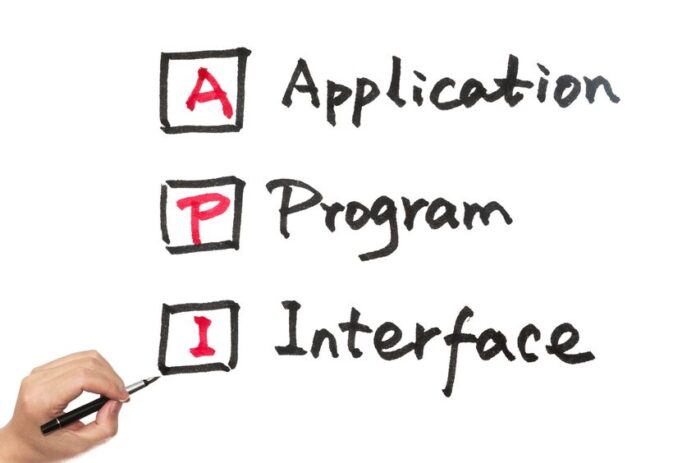Introduction
Application program interfaces (APIs) are becoming a major part of the internet. Although the technology has been around for years, the API market has witnessed explosive growth in recent memory. According to an IDC survey of IT and business professionals sponsored by Axway, 47% of respondents said they use APIs as an integration technology, 45% as a SaaS integration technology and 39% as a channel mechanism for their business. With so many software companies investing in APIs, it is important to have a solid understanding of how the technology works. The following ,therefore, explores what exactly APIs are and why they are important.
What are APIs?
APIs are essentially a universal plug that allows users to use a device in any socket. Commercial websites will give developers pieces of code to enable them to create tools for a website. The code developers are provided is dubbed an API, while the tools that developers make with the API are dubbed applications. Developers can use various APIs to build various tools in a variety of ways.
Take booking a plane ticket as an example. In order to book a flight, an individual needs to select a type of airline, a departure and return city, a date, a time, a seat, meal preference, among other factors. Customers will access the airline’s website in making these decisions. To gain access to the flight’s information, users have to interact with the airline’s API, which serves as an interface that sends the data from the application the user is using to the airline’s system over the web. In short, APIs provide connectivity by transmitting data from one device to the next.
Benefits
Developers are significantly more efficient with APIs than when they had to write large amounts of code ex nihilo. Using APIs, developers do not have to write an entire new code each time they create a new program. Rather, they can focus on what exactly makes the application unique and outsource commodity functionality to APIs. Computers use APIs to view and edit data in the same way a person can. The only difference is computers are able to leverage APIs to perform various tasks that would usually take a human hours.
Another benefit of APIs is they provide a host site with several interesting features for free, while enabling developers to promote their work and boost a company’s profile. Several of these applications are created by businesses with their own site, such as smaller companies with less traffic. With APIs, companies are able to widen their ecosystem, potentially tapping into new markets in return.
Challenges
That doesn’t mean APIs aren’t without drawbacks, however. Companies are able to shut down or limit services that applications depend on at anytime. In 2012, for example, Twitter restricted third-party developers use of its APIs in order to foster a “consistent Twitter experience.” Other companies like Google will completely shut down an application if they are not profiting from it. Moreover, APIs can be difficult to test in the cloud, which can clash with cloud resource mapping.
Different types
Not all APIs are created equal either. Java APIs, for example, allow objects to exchange information with each other in the Java programming language. In addition, there are Web APIs like Simple Object Access Protocol (SOAP), Remote Procedure Call (RPC) and Representational State Transfer (REST). According to Programmable Web, there are approximately 15,000 publicly available APIs with hundreds of thousands of private APIs. Business ought to be aware of the different types of APIs in choosing which kind works best for them.

